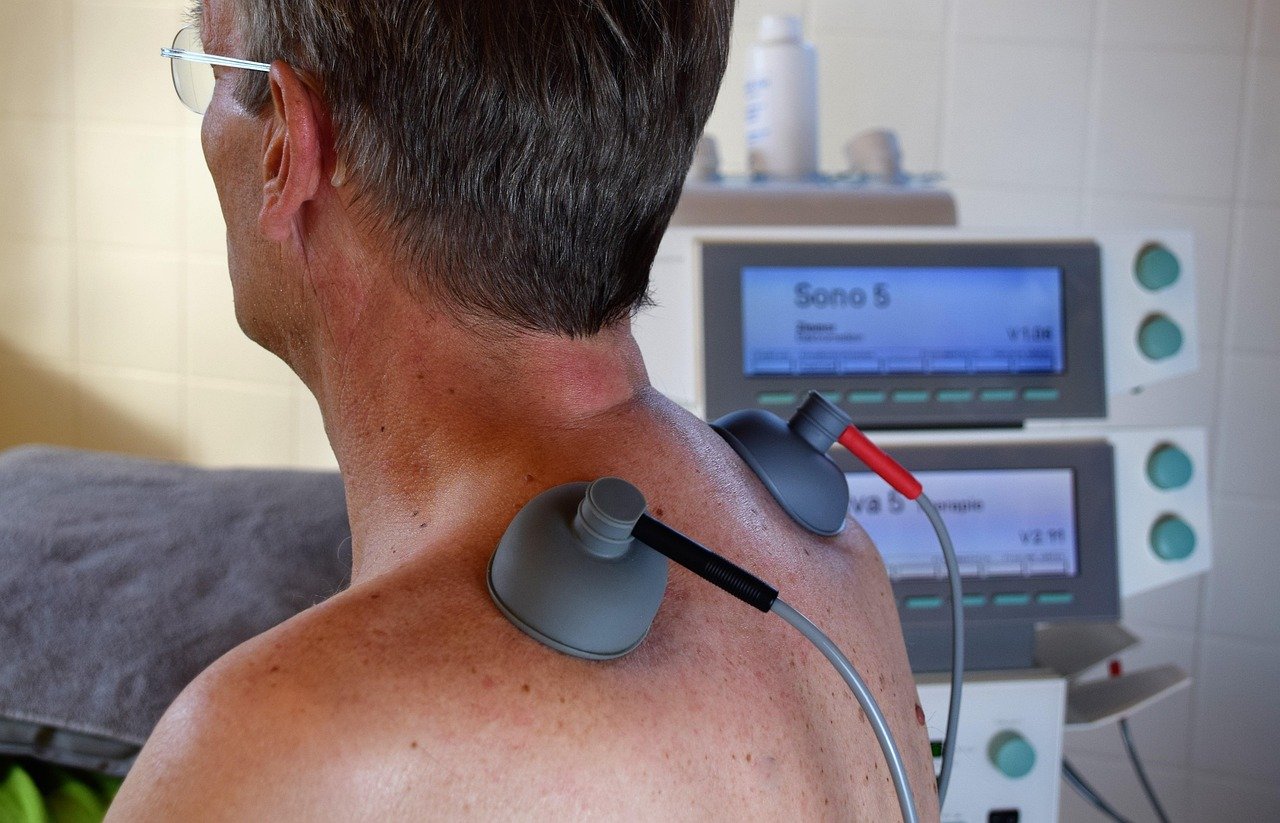When we think about superpowers, the ability to live without pain might sound like the ultimate blessing. Yet for the tiny fraction of people born with this condition, the reality is far more complex than we might imagine. These individuals navigate a world where their most basic warning system is completely silent, where a broken bone feels like nothing more than a gentle breeze. While life without pain may seem enviable, it comes with hidden dangers that most of us take for granted. Without the body’s alarm system, small injuries can go unnoticed until they become life-threatening. Children with this condition often burn themselves or bite their tongues without realizing the harm. Scientists have traced the phenomenon to rare genetic mutations, unlocking clues that could revolutionize medicine and pain management. What looks like a superhuman trait is, in truth, a daily struggle that reveals just how vital pain is to survival.
The Silent Guardians – Understanding Pain’s True Purpose

Pain isn’t just an annoying sensation that ruins our day when we stub our toe. It’s actually one of the most sophisticated alarm systems ever designed by nature. Pain acts as a warning system for your body, alerting you to illnesses and injuries. Think of it like having an incredibly dedicated security guard who never sleeps, constantly monitoring every single part of your body for potential threats.
When someone can’t feel pain, they’re essentially living without this critical guardian. Pain is a vital signal that helps people avoid danger and injuries. People who cannot feel pain experience more injuries and may have shorter life expectancies. It’s like trying to drive a car with no dashboard warning lights – you might not notice the engine overheating until it’s too late.
The Genetic Blueprint – When DNA Writes a Different Story

CIP is caused by changes (variants) in genes that affect specialized nerve cells responsible for sensing pain. These variants prevent the nerves from transmitting pain signals to the brain. Imagine if the telephone lines connecting your house alarm to the security company were cut – the alarm could go off all day, but nobody would ever know.
Several genes are associated with CIP including SCN9A, CLTCL1, SCN11A, PRDM12, ZFHX2, NTRK1 and NGF. Each of these genes plays a different role in the pain pathway, like different components in an elaborate communication network. When any one of them malfunctions, the entire system can break down.
The Sodium Channel Story – Nav1.7’s Critical Role

The SCN9A gene provides instructions for making one part (the alpha subunit) of a sodium channel called NaV1.7. NaV1.7 sodium channels are found in nerve cells called nociceptors. These channels are like tiny gates that control the flow of electrical signals in our nerves.
Most of these SCN9A gene variants result in the production of a nonfunctional alpha subunit of the NaV1.7 sodium channel. These nonfunctional subunits do not allow NaV1.7 sodium channels to open, preventing the flow of sodium ions into nociceptors. This lack of sodium ions blocks nociceptors from transmitting pain signals from the site of an injury to the brain. It’s like having a broken doorbell – you can press the button all you want, but no signal ever reaches the person inside the house.
CIPA – The Most Common Pain-Free Condition

Congenital insensitivity to pain with anhidrosis (CIPA) has two characteristic features: the inability to feel pain and temperature, and decreased or absent sweating (anhidrosis). This condition affects roughly one in a million people worldwide, making it incredibly rare.
Mutations in the NTRK1 gene lead to a protein that cannot transmit signals. Without the proper signaling, neurons die by a process of self-destruction called apoptosis. Loss of sensory neurons leads to the inability to feel pain in people with CIPA. The nerve cells that should be sending pain signals literally self-destruct, leaving behind a communication void.
The Dangers of Living Without Pain

While never feeling pain might sound appealing, the reality is frightening. An inability to feel pain and temperature often leads to repeated severe injuries. Unintentional self-injury is common in people with CIP, typically by biting the tongue, lips, or fingers, which may lead to spontaneous amputation of the affected area. Children with this condition often unknowingly cause serious damage to themselves.
Because children and adults with CIP cannot perceive pain, they may not respond to pain-inducing stimuli, putting them at a high risk for infections and complications resulting from injuries. Children with this condition often sustain self-inflicted damage, both in and around the oral cavity (such as having bitten off the tip of their tongue) or fractures to bones. The mouth is particularly vulnerable since young children explore the world by putting things in their mouths.
When Sweating Stops – The Anhidrosis Connection

In addition, people with CIPA lose the nerves leading to their sweat glands, which causes the anhidrosis seen in affected individuals. This inability to sweat creates another serious problem – the body can’t regulate its temperature properly.
Congenital insensitivity to pain with anhidrosis (CIPA) is a kind of CIP categorized by patients’ inability to sweat (also known as HSAN-IV). The inability to regulate internal temperature can lead to unexplained persistent fevers. Imagine trying to cool down a car engine without a radiator – the system would quickly overheat and break down.
The Remarkable Case of Jo Cameron

Jo Cameron (born 1948; age 76–77 years), also known as Patient PFS, is a Scottish woman who feels no pain and experiences little to no anxiety or other aspects of negative affect. She has two mutations, one in the gene encoding fatty acid amide hydrolase (FAAH) and one in the pseudogene FAAH-OUT modulating FAAH expression, which are theorized to be responsible for her condition.
Jo’s story is particularly fascinating because she lived for over sixty years without realizing she was different. Jo Cameron was in her mid-60s when her pain insensitivity was diagnosed by Dr. Devjit Srivastava, a consultant in anesthesia and pain medicine who was overseeing her care at Raigmore Hospital in Inverness, Scotland, where she underwent a usually very painful operation for osteoarthritis of the hand. Srivastava was shocked when Cameron reported feeling no pain before or after surgery and didn’t need any painkillers other than acetaminophen on the day of her operation.
Beyond Pain – The Emotional Side Effects

What makes Jo Cameron’s case even more extraordinary is that her genetic mutations affect more than just pain perception. While the mutations that Jo Cameron carries turn down FAAH, they also found a further 797 genes that were turned up and 348 that were turned down. Two other key genes that were altered were BDNF, which has previously been linked to mood regulation and ACKR3, which helps to regulate opioid levels. These gene changes may contribute to Jo Cameron’s low anxiety, fear and painlessness.
Moreover, she was lacking in anxiety, depression, worry, fear, panic, grief, dread, and negative affect generally. She reported a long history of mild memory lapses and forgetfulness as well. Her genetic mutation doesn’t just turn off pain – it seems to have turned down the entire volume on negative emotions.
The Hereditary Sensory Neuropathies – A Family of Disorders

There are many subtypes of congenital insensitivity to pain (CIP), each with distinct genetic causes and clinical features These conditions fall under the broader category of hereditary sensory and autonomic neuropathies, each with their own unique characteristics and challenges.
Other types of HSANs, which are a group of disorders that affect the sensory and autonomic nervous systems are summarized in Table 2. There are typically five to seven types of HSANs, each with different genetic causes and clinical features. Some of the features that may overlap with CIPA are insensitivity to pain, anhidrosis, self-mutilation, slow wound healing, osteomyelitis, Charcot joints, hypotonia, intellectual disability, and corneal ulceration. It’s like having different broken parts in the same complex machine.
Diagnosing the Undiagnosable

Diagnosing Congenital Insensitivity to Pain is often complex, and those with the condition tend to struggle with receiving adequate care as a result of misdiagnosis. This is primarily due to the rarity of the condition and the lack of awareness among many healthcare professionals. Many doctors will never encounter a case of CIP in their entire careers.
Because CIP is very rare but can cause severe accidental injuries, a child with congenital insensitivity to pain may initially be mistakenly regarded as a victim of child abuse. This tragic misunderstanding can add emotional trauma to families already dealing with an incredibly challenging condition. Your doctor will diagnose congenital insensitivity to pain by testing your baby’s pain response to pricking with something that typically causes pain but doesn’t cause damage or scarring, like a needle. To confirm the results of this test, your doctor may recommend genetic testing.
Treatment and Management – Living with the Silence

Unfortunately, there’s no cure for these conditions. There is currently no cure for CIP, so its treatment mainly focuses on patient education – which includes teaching the patients how to avoid injuries, check themselves for any injuries, and get treatment for these injuries as quickly as possible. It’s like learning to drive with your eyes closed – you have to develop entirely new ways of staying safe.
Managing CIPA typically requires a team of healthcare professionals, including geneticists, neurologists, orthopedists, dentists, and psychologists, who can work together to address various aspects of the condition. Geneticists and neurologists are responsible for the early diagnosis of the condition and the prescription of adequate medications to avoid complications and to manage the condition more effectively. It takes a village of medical professionals to help these patients navigate their unique challenges safely.
The world of pain insensitivity reveals just how crucial our ability to hurt really is. While we spend most of our lives trying to avoid pain, these rare individuals show us that a life without it comes with unimaginable challenges. Their stories remind us that pain, however unpleasant, is actually one of our most precious gifts – a guardian angel we never knew we needed. What would you give up to never feel pain again?

Hi, I’m Andrew, and I come from India. Experienced content specialist with a passion for writing. My forte includes health and wellness, Travel, Animals, and Nature. A nature nomad, I am obsessed with mountains and love high-altitude trekking. I have been on several Himalayan treks in India including the Everest Base Camp in Nepal, a profound experience.




